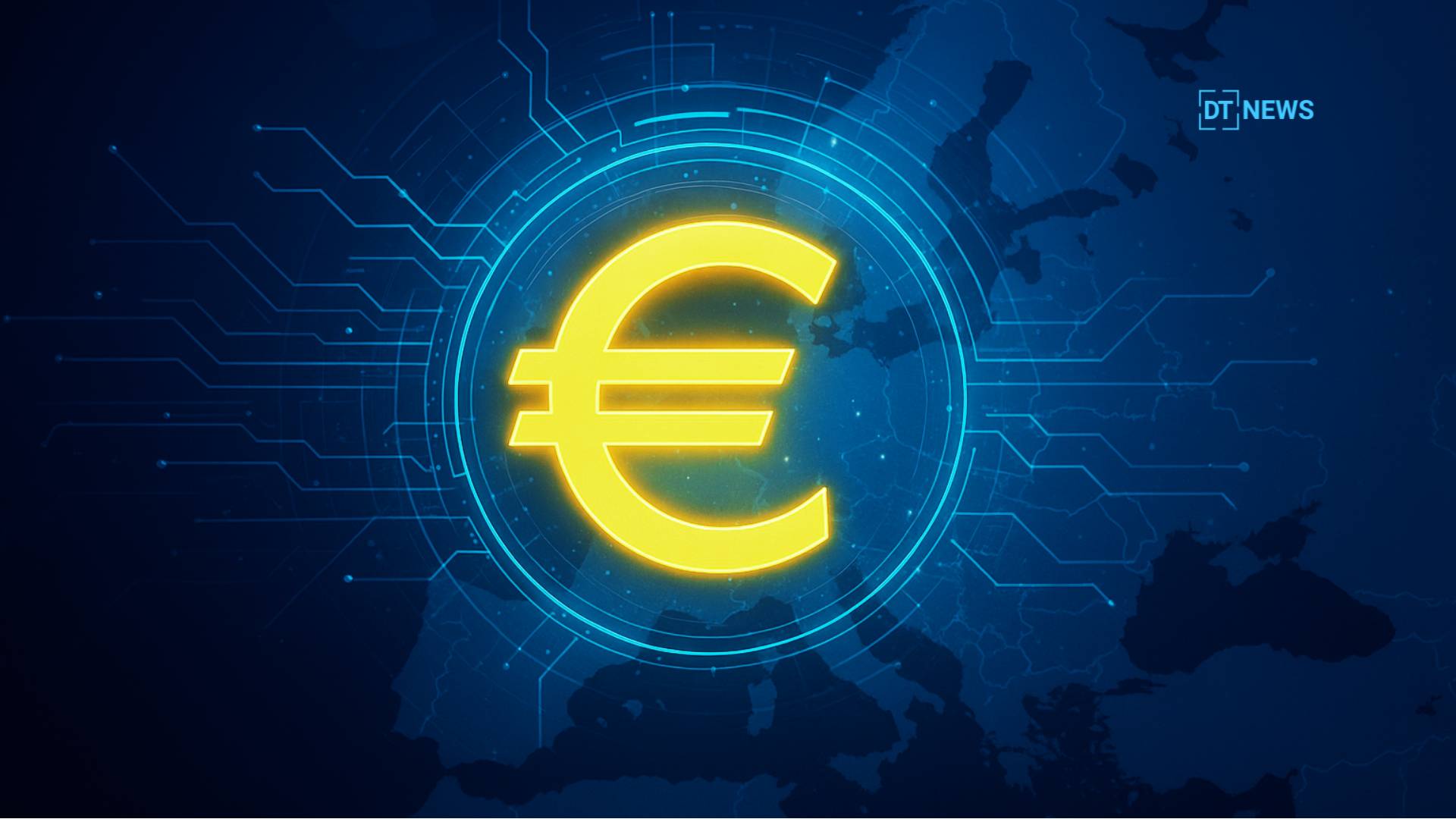Updated on 30th October, 2025
- What Is the Digital Euro and How Will It Work?
- What is the European Central Bank’s Goal with the Digital Euro?
- How Does the Digital Euro Fit into the Global CBDC Landscape?
- What Legal and Political Challenges Does the Project Face?
- What Drives the ECB’s Urgency to Launch the Digital Euro?
- Conclusion
- Glossary
- Frequently Asked Questions About Digital Euro 2029 Launch
Digital Euro is at the center of the European Central Bank’s plan to transform the region’s financial landscape by 2029. The project is seen as a major step toward modernizing payments and building greater independence in Europe’s economy.
It shows the determination of the ECB to create a secure and trusted digital currency for public use. People close to the matter say the bank will keep refining the legal and technical framework once the preparation phase ends later this month.
What Is the Digital Euro and How Will It Work?
The Digital Euro is a proposed electronic version of the euro developed by the European Central Bank. It is designed to give people in Europe a safe and trusted way to make digital payments while keeping physical cash available.
The plan aims to strengthen Europe’s financial independence and reduce dependence on outside payment networks. By 2029, the ECB hopes it will make transactions across the Eurozone faster, safer, and more convenient.
What is the European Central Bank’s Goal with the Digital Euro?
The ECB has been exploring the idea of the Digital Euro since 2020 and began its preparation stage in late 2023. The goal of this plan is to create a safe digital form of money that can work alongside cash and lessen Europe’s dependence on foreign payment systems.
Through this effort, the ECB hopes to make Europe’s finances more independent and secure. It also aims to give people a dependable way to pay, even during times of crisis such as cyberattacks or political conflict.
Piero Cipollone from the ECB’s Executive Board said the Digital Euro could launch by mid 2029. He added that it would give all Europeans free and easy access to a trusted digital payment option.
How Does the Digital Euro Fit into the Global CBDC Landscape?
Across the world, only three countries have introduced their own central bank digital currencies. These are Nigeria, the Bahamas, and Jamaica, as reported by the Atlantic Council’s CBDC tracker. At the same time, about 49 other nations are still testing and developing their versions of digital money.
Each country is exploring different ways to bring digital currency into its financial system. The Digital Euro is unique because of its large potential and impact on international payments. Experts think its launch could change how people and businesses make transactions across Europe.
It may also set new rules for privacy, smooth connections between systems, and greater trust among users in the Eurozone. Many believe it could become a key part of Europe’s modern financial future.
What Legal and Political Challenges Does the Project Face?
Lawmakers in the European Parliament are still divided over the proposals introduced in 2023. The ongoing disagreements have slowed decision-making and progress. As a result, the legal framework for the Digital Euro remains incomplete.
Some lawmakers have expressed doubts, saying the plan could put privacy at risk or disrupt the financial system. Others think private companies should guide digital payment development rather than the central bank.
Still, the ECB is pushing to settle these debates, with officials expected to meet in Florence, Italy, to move the project forward.
What Drives the ECB’s Urgency to Launch the Digital Euro?
Experts say the ECB’s drive for the Digital Euro is rooted in strategy as much as in innovation. The goal is to rely less on American payment firms such as Visa, Mastercard, and PayPal.
There are also rising concerns that dollar backed stablecoins could weaken Europe’s control over its own money system. Christine Lagarde, the President of the ECB, has urged policymakers to speed up the project.
She said the Digital Euro is vital for Europe’s financial independence and long term stability. The ECB is also testing a wholesale version and new ways to settle transactions using distributed ledger technology.
Conclusion
Digital Euro remains at the center of Europe’s plans to modernize its payment systems and strengthen financial independence. Unresolved legal and political questions have left the ECB’s 2029 timeline in doubt.
Yet many in the financial community believe the ECB digital currency could help anchor Europe’s position in the digital economy and support a stronger financial future.
If carried out as planned, the Digital Euro could reshape Europe’s financial system with greater trust and innovation. Much now depends on the ECB and lawmakers finalizing its legal framework.
Glossary
Digital Euro: Europe’s upcoming digital currency planned for 2029.
Eurozone: EU countries that use the euro as their main currency.
Payment Autonomy: Europe’s goal to manage payments without relying on outside systems.
CBDC: Digital money made by a country’s main bank.
ECB: Europe’s main bank that manages the euro.
Frequently Asked Questions About Digital Euro 2029 Launch
Who is making the Digital Euro?
The European Central Bank is creating the Digital Euro for all Eurozone countries.
Why is the Digital Euro important?
It is important because it can make Europe’s payments more secure and independent.
Will the ECB digital currency replace cash?
No, the ECB digital currency will not replace cash but will work with it, giving payment choices.
How will the ECB digital currency help people?
It will help people make safe and easy digital payments across Europe.
Who said the Digital Euro could launch by 2029?
ECB Executive Board member Piero Cipollone shared that the ECB digital currency could launch by 2029.



















































































































